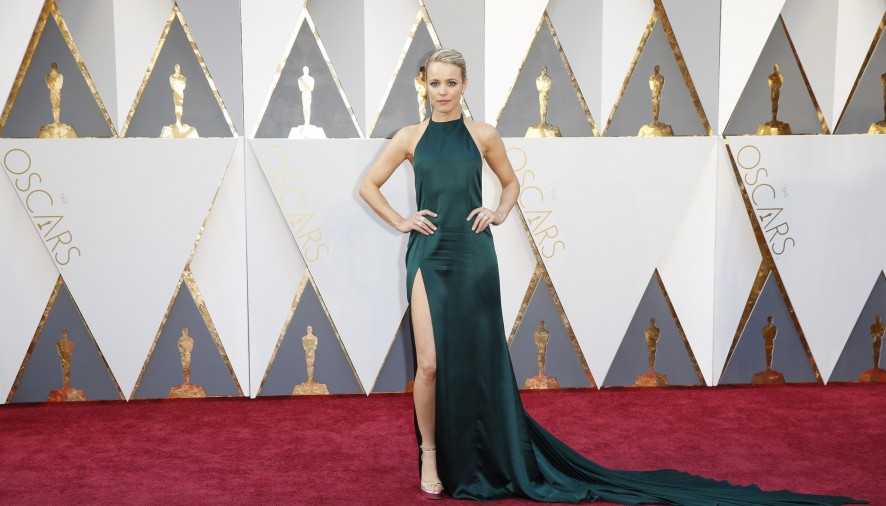Google ‘Oscars 2016’ and far from being faced with ‘excellence in the field of film’, you are instead inundated with crass headlines; ‘Worst Dressed Women’, ‘Fashion Faux Pas’, ‘Style Misses’. The way that mainstream media outlets have reacted to the Oscars speaks volumes about attitudes to women, and just how far there still is to go in the battle for equality. So where shall we start? The Sun rating actresses’ cleavage out of ten? OK Magazine’s forty-five image slideshow dedicated to humiliating women and their bodies? Or perhaps simply the barrage of misogynistic adjectives used to describe the way these women have chosen to dress.
Sex seems the go-to topic, but of course we need to toe the line between the high necklines ‘playing it all too safe’, and the overtly sexual dress with ‘a bit too much dominatrix about it’ to find the ideal balance ‘revealing’, ‘plunging’, ‘form-fitting’ and ‘all grown up’. This bizarre ritual of complimenting women by almost exclusively using their sexuality but still managing to humiliate and judge them for overstepping some imaginary boundary is damaging both the way we view the female body and the way we view women themselves. By doing this what we’re suggesting is that sexuality is something that each individual doesn’t have ownership of themselves. Women can’t decide how, when and to what extent they want to dress in a certain way, but instead have to comply with some external level of sexual acceptability. Even more than this, we’re suggesting that the female body is a sexual object. In almost every article I looked at, any instance of women with their bodies on show from a low neckline to a thigh high split or even a tight dress was described using language related to sex. When can accentuating the female form stop being about sex and start being about empowerment?

And for those that argue that this isn’t a gendered debate? ‘Dowdy’, ‘trashy’, ‘tacky’, ‘eyesore’; would any of these words be used to describe men? They’re gendered adjectives, ways in which language has been manipulated to serve a very specific purpose; to belittle women.
But the real question is why do we even have a ‘Worst Dressed’ list? This isn’t female empowerment, attempting to create some kind of solidarity through humiliation. Australian presenter Edwina Bartholomew made headlines in her Rachel Gilbert dress. How did the media manage to target women this time? ‘Edwina Bartholomew goes viral for vagina dress’. Apparently her dress was vagina-like enough to have its very own hashtag on twitter; an apt continuation of how the whole event successfully reduced women. A female presenter wears the creation of a female designer, and yet a female journalist chooses to focus on how it too closely ‘embarrassingly’ resembles the female body. What message is this really sending out? What is perhaps most depressing about all of this is the fact that the majority of these articles are written for women by women. How can we ever expect to proceed with any level of feminism and equality if we are surrounding ourselves with women exploiting other women for the way they express themselves?
Rightly or not I think we can probably all agree what was taken most from the night – Leo finally getting that Oscar. He used his acceptance speech to raise awareness about the vital issues concerning a global natural crisis and (give or take a few memes) people seemed to listen. Jenny Beavan won an award for costume design and not only became an internet sensation after a video showing men refusing to clap her win, but also faced a barrage of criticism for her more casual attire. Looks like we can’t get it right either way. Hopefully next year more attention will be paid to the event itself than humiliating the women attending it, and until then I guess we’ll all have to try and hit that delicate fashion balance somewhere between ‘boobylicious’ and ‘an explosion of tooth rotting frouf’.
Molly Shanahan
Cover image courtesy of LA Times

